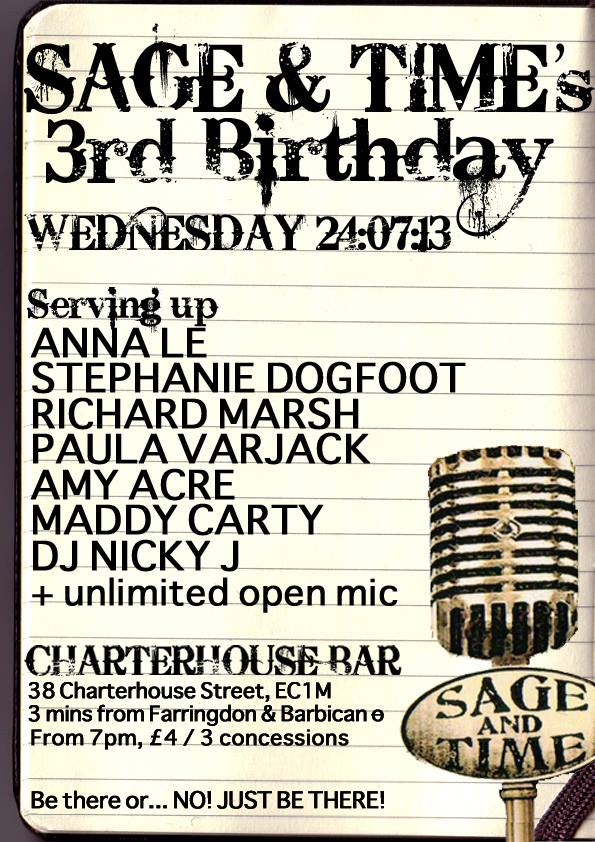Clementine #4
Clementine was launched in 2008 and is a literary magazine for persona poetry and photography. By persona poetry, Clementine means poems employing an invented speaker. The ‘about’ page explains the magazine’s title, which seems unrelated: ‘Clementine refers both to a small citrus and a folk song. We appreciate twang.’
The journal’s set up is very simple: a photograph surmounts a list of poets (in non-alphabetical order, interestingly) that link to poems. The photograph is arresting enough: a family portrait with disco balls instead of heads, they’re an unusual mask hiding in turn the doll faces of the ‘family’. However, the artist’s name is not supplied and there is no further discussion of it, which seems like a wasted opportunity. For a dual-purpose magazine, one photograph to sixteen poets is quite unbalanced. Another unbalance is also obvious from the list of poets supplied: four female poets to twelve male ones.
Considering the criteria, Clementine #4 is full of pop-culture references. In an (often fictional) world of celebrity gossip, characters like Amy Winehouse lend themselves easily to personification, and Kerri French does not hold back. Other examples involve video game inspired poems and Jerome Murphy’s ‘Interview with Vladimir Putin’. On the whole, these interpretations are facile, gimmicky and make little effort to go beyond stereotypes. It’s a dangerous road to speak for others, and I have to question the purpose of Jeffery Conway’s poem for instance, a fictional interview with Rena Riffel (part of a larger collection, Showgirls: The Movie in Sestinas), that vindictively attacks Riffel for her lack of non-striptease acting roles. Whilst the sestina format is laudably unobtrusive, the content doesn’t go beyond its trope to steal Riffel’s voice and use it to bully her into ridicule. Another disappointing poem is Sarah Stickney’s ‘Faust in Hollywood’which reels out the usual clichés about today’s vapid society. It’s an ambitious task she’s set for herself, and it mostly fails. However, the odd turn of phrase, of contemplating ‘the cracked fake leather afternoons’, shows that there is a poem in there wrestling to get out.
It’s not all gloom, one of the highlights of the magazine is Steve Westbrook’s‘Guide to Old Oraibi’. Old Oraibi refers to a Hopi village in Arizona that has rejected the modern world. Pictures are not allowed in its vicinity so that it is, as Westbrook says, a ‘life unmapped’ by google earth. The assured voice he takes, of a Hopi dweller, chastises us beautifully:
‘We do not want our unwed daughters’
stylized squash-blossom hair compared
to Princess Lea’s buns or Minnie
Mouse’s ears.’
Popular culture here is an unwelcome disease tainting with interpretation the Hopi culture. The internal rhyming of ‘hair’ with ‘ears’ suggests that this desire for a hermetic life is impossible: the speaker is already aware of the objects he does not want his people compared to. The only salvation is to hope that these outside influences ‘forget the route back’ to Old Oraibi.
More than any other poem in Clementine, Westbrook’s ‘Guide to Old Oraibi’ captures the concept of a persona poem. Writing as another person does not mean drowning your words with buttery topical references to disguise your lack of acting skills. In ‘Guide to Oraibi’ a sacred past that is not yours defends itself, tells you to leave your soiled future out of it, and out of that tension, something beautiful is created.






The author of this review complains that a photograph is not credited, yet this review has no byline…?
As you can see in the ‘About’ section, non-credited reviews are by Claire Trevien